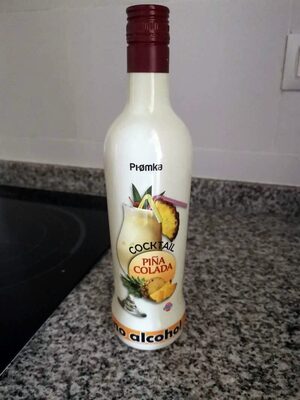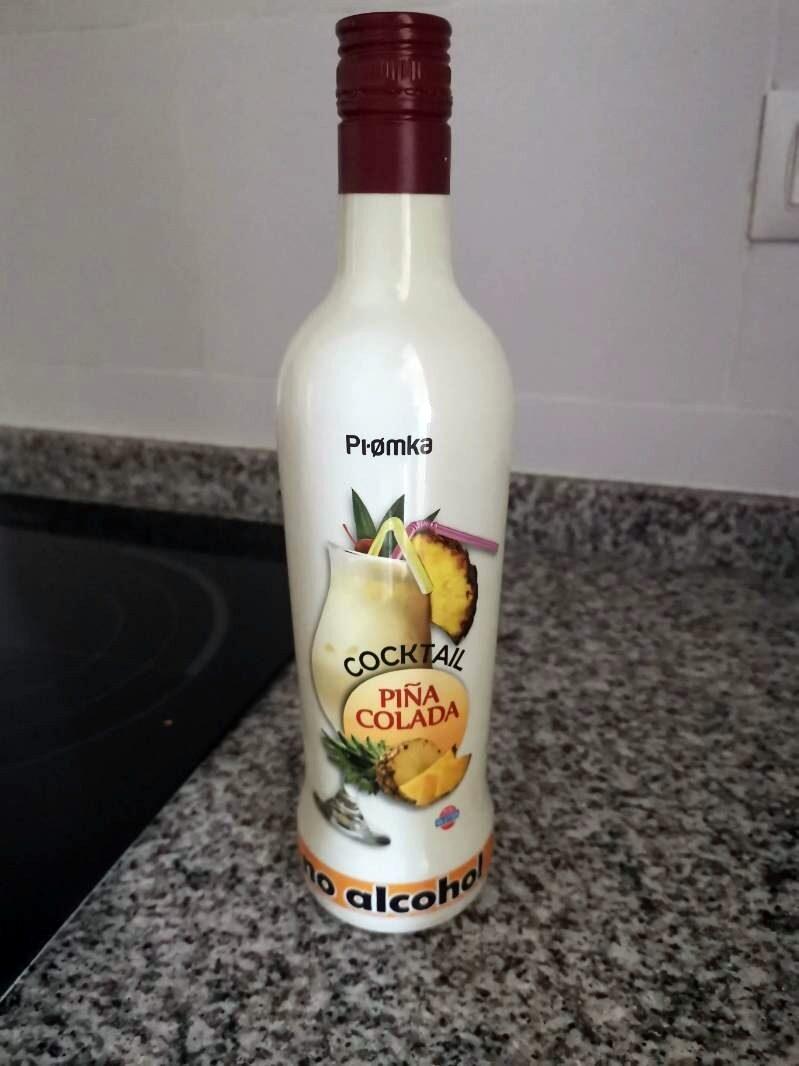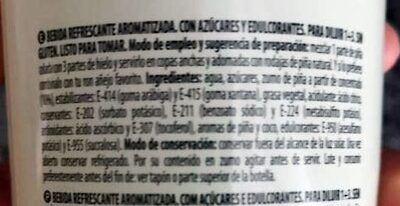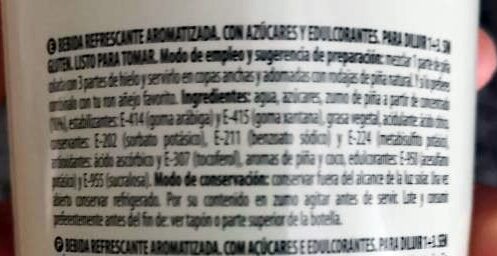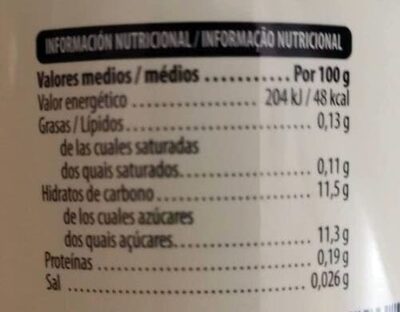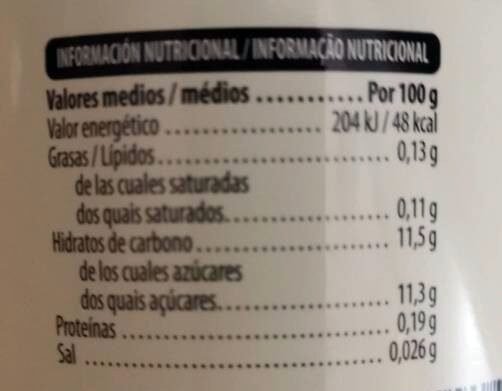Cocktail de piña colada sin alcohol - Pi.omka - 700 ml
Aquesta pàgina del producte no està completa. Podeu ajudar a completar-la editant-la i afegint-hi més dades a partir de les fotos ja disponibles, o fent-ne més amb l'aplicació de androide o iPhone / iPad. Gràcies!
×
Codi de barres: 8480000284907 (EAN / EAN-13)
Nom comú: Bebida refrescante aromatizada para diluir, con azúcares y edulcorantes
Quantitat: 700 ml
Empaquetament:
en:Green dot
Marques: Pi.omka
Categories: Begudes, Begudes sense alcohol
Etiquetes, certificacions, premis:
Lliure de gluten, Punt verd, Sense alcohol
Botigues: Mercadona
Països on es va vendre: Espanya
Matching with your preferences
Entorn
Empaquetament
Transport
Report a problem
Fonts de dades
Producte afegit per elcoco
Última modificació de la pàgina del producte per inf.
La pàgina del producte, també editada per alia, elcoco.721b77cf428a9a3431e968bf83ac30af, kiliweb, polarequna, roboto-app, thaialagata, yuka.VElvRkxxQU50S0F0bDhFWXBFS0lvZDVJbDZLcmN6bXlET1l6SUE9PQ.
